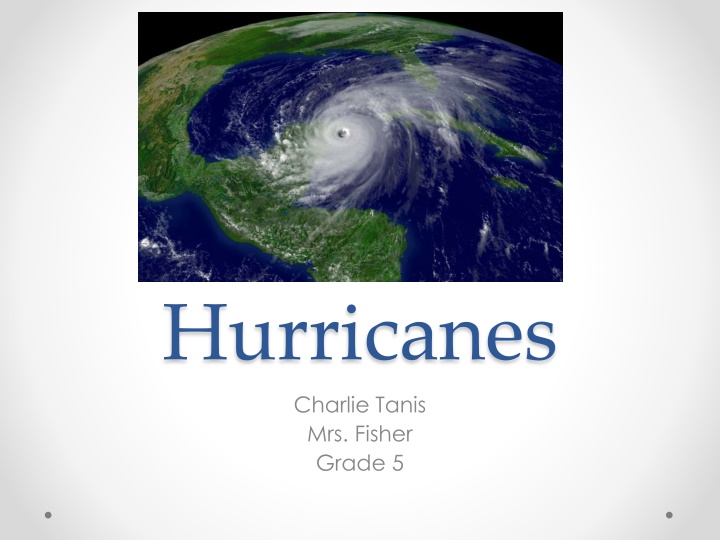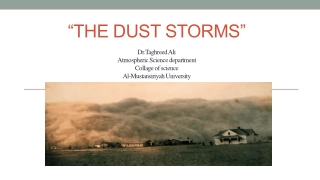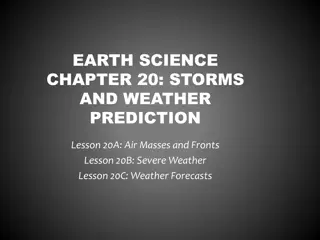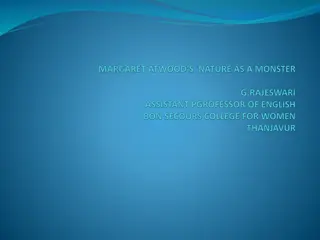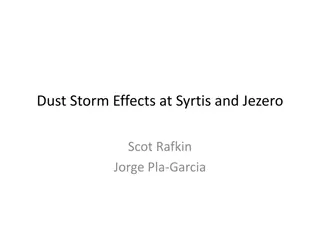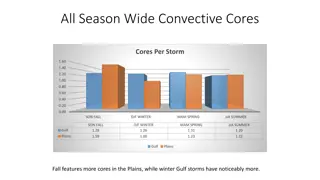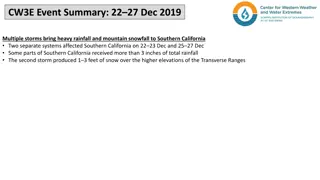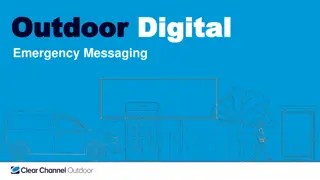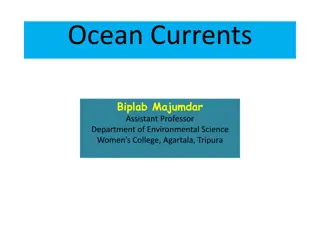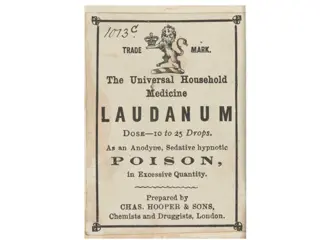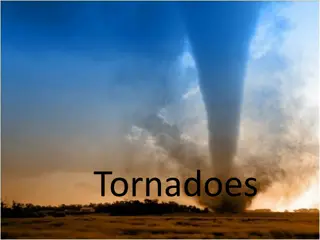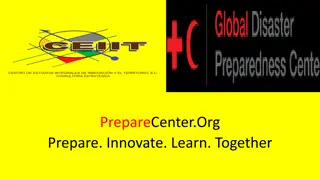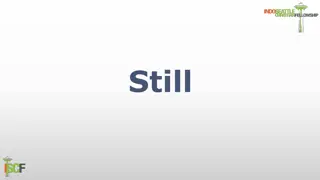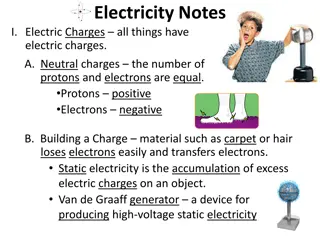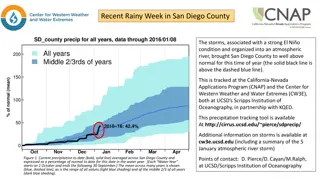Hurricanes: Nature's Most Powerful Storms
Hurricanes are the largest and most dangerous storms on Earth, characterized by high winds, heavy rain, and massive waves. This article covers how hurricanes form, where they occur, their impact on transportation, people, and the environment, as well as interesting facts about these natural disasters.
Download Presentation

Please find below an Image/Link to download the presentation.
The content on the website is provided AS IS for your information and personal use only. It may not be sold, licensed, or shared on other websites without obtaining consent from the author.If you encounter any issues during the download, it is possible that the publisher has removed the file from their server.
You are allowed to download the files provided on this website for personal or commercial use, subject to the condition that they are used lawfully. All files are the property of their respective owners.
The content on the website is provided AS IS for your information and personal use only. It may not be sold, licensed, or shared on other websites without obtaining consent from the author.
E N D
Presentation Transcript
Hurricanes Charlie Tanis Mrs. Fisher Grade 5
What is a hurricane? Hurricanes are the biggest and most dangerous storms on earth. When rain falls and the wind blows more then 74 miles per hour we have a hurricane. Hurricanes bring big waves, strong winds, and heavy rain.
How does it form? The ocean temperature needs to be at least 80 degrees Fahrenheit. The warm humid air collides with colder air above it. Then many thunderstorms come together in a spinning circle.
How does it relate to the five themes?
Where do they happen? (Place/Region) Hurricanes happen over warm ocean waters around the equator in the Caribbean sea.
Where was the worst one recorded? (Location) On August 29, 2005, Hurricane Katrina killed more than 1,800 people. It slammed into the coasts of Louisiana, Mississippi and Alabama.
How does it affect transportation? (Movement) Hurricanes cause boats to sink and cars and trucks are thrown. They also cause major flooding.
What affect does it have on people and how they interact with the environment? (Human/Environment Interaction) Powerful winds can rip off roofs, topple trees and power poles, and turn anything that is loose into a weapon of destruction. It could leave people with no food, water and no electricity, storms leave people homeless.
Interesting fact #2 Hurricanes rarely strike New England.
What are 3 interesting facts about hurricanes? Interesting Fact #1 Most hurricanes happen in August, September, and October.
Interesting fact #3 Hurricanes hunters use an instrument called a dropsonde to collect data.
Work Cited Ryback, Carol. hurricanes. Pleasantville: Gareth Stevens Publishing, 2009. Print. Galiano, Dean. Hurricanes. New York: The Rosen Publishing Group, Inc., 2000. Print Hurricanes PebbleGo. www.pebblego.com March 17, 2015 How Do Hurricanes, Form? The World Almanac for kids online. Infobase Learning. Web. 17 Mar. 2015
